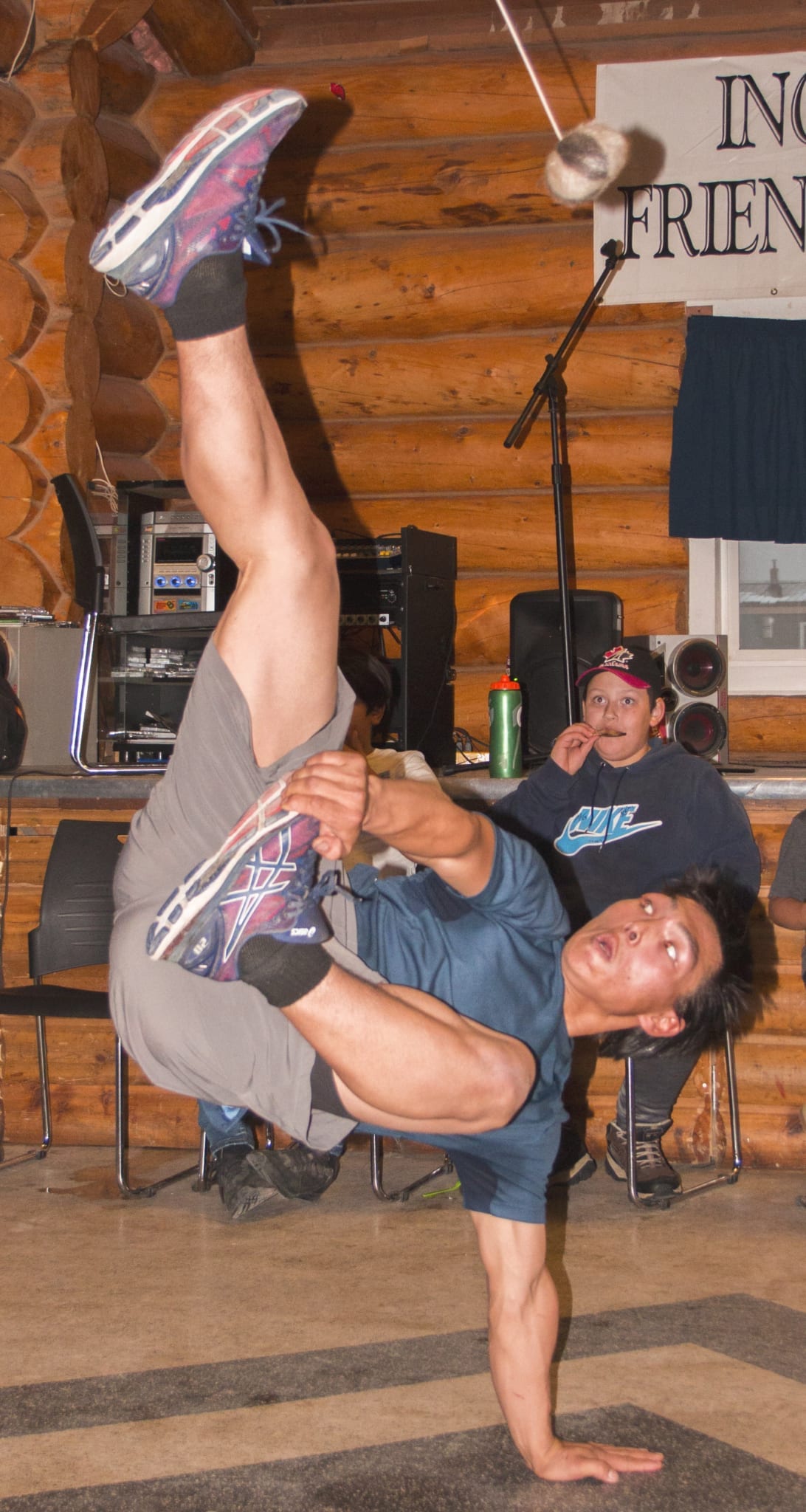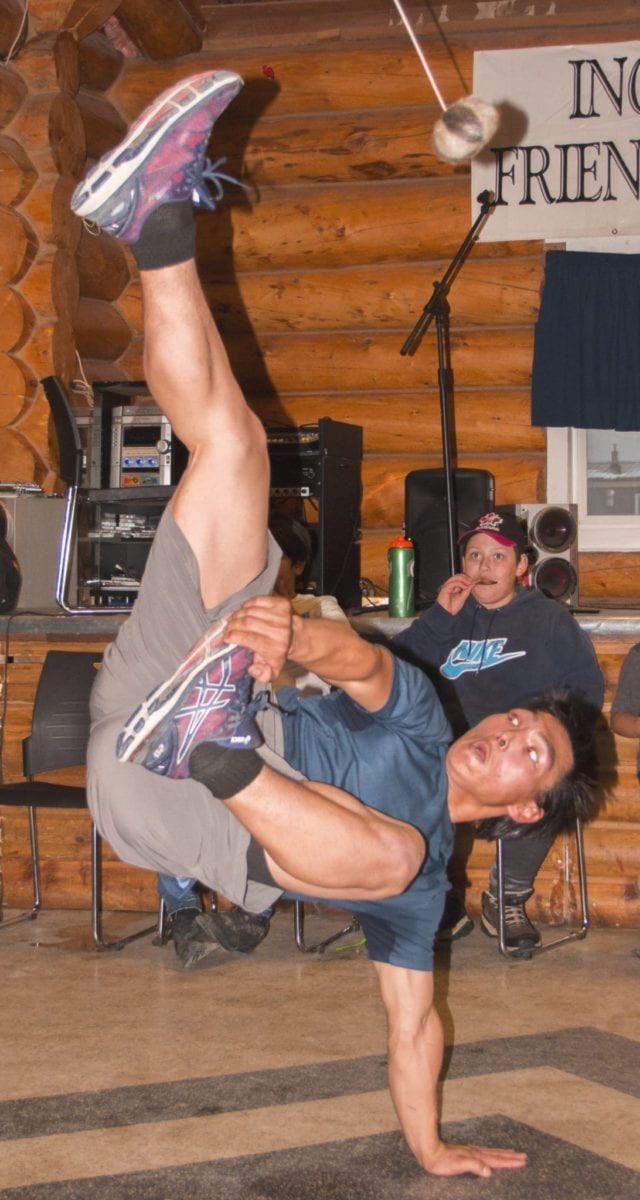
They've been all across the country and even made a display at the 2010 Winter Olympics, but for their 50th anniversary the Northern Games are coming home to Inuvik.
Still in the very early planning phases, the five-day competition is being planned for next summer.
"We've got a lot of work to get done. We're hoping to do another meeting before Christmas gets too crazy," said Gerry Kisoun, one of the organizers. "We'll be doing the one-foot high kick, two-foot high kick, Alaskan high kick, the one-hand-reach. We'll have games of strength like arm pulls, head pulls, the muskox push, maybe the stick pull.
"On most days, if we have enough time, we'll also do demonstrations of the blanket toss."
While there are over 160 different physical feats under the umbrella term 'Northern Games,' for the purposes of the competition the events are narrowed down to a half-a-dozen or so, ranging from the one foot, two foot and Alaskan high kicks, the head and stick pulls and the blanket toss which is like a human trampoline.
Kisoun said the events being planned would be more than enough for the crowd.
"To do the one-foot high kick can take the whole afternoon and evening," he said. "We get a lot of contestants and they're moving up at increments of four inches or so, so it can take up quite a bit of time.
"We don't use all our games in competition, we would need like a month."
While the range and scope of the games has ebbed and flowed with the economy over the last half-century, from its humble beginnings the games have been a staple part of northern life.
Kisoun explained the revival of the Northern games started after a number of Inuvialuit elders spoke of the importance of these games to their culture to Edward Lennie, who then started practicing Northern Games. A number of Inuvialuit elders looked at the Arctic Winter Games, first played in 1970, and noticed there was very little to do with the Arctic in them, instead bringing games like Basketball and Soccer further north. So during the first Arctic Winter Games in Yellowknife, the Northern Games was introduced as a demonstration sport.
"We were just bunch of young kids in downtown Inuvik and our coach, Edward Lennie, started teaching us these Inuvialuit Games," he said. "So we said why don't we put some real Arctic games in there, so we went to Yellowknife and demonstrated them in 1970 at the first Arctic Winter Games."
Since then, working with relatives in Alaska and Greenland, the games have evolved into a full discipline open to anyone.
While the exact date for the games is still in the works, anyone interested can begin training right away. As most of the games are built around simple items like a ball on a string holding an object from a kick stand, a dowel for the strength exercises or a strap for the head pulls, coaching and training will become accessible to anyone with the determination in learning these ancient games.
Entry into the games is and has always been free. Kisoun said he anticipated athletes from around the Beaufort Delta region and other regions would come out, so there will be a huge showcase of talent on display. A festival surrounding the game will include drum dances and other celebrations.
"It's five days of total culture," said Kisoun. "Anybody and everybody that wants to give it a try are welcome. It's lots of fun."
